
Best science photos of 2012
17 septiembre, 2012 Autor: admin
………….
Las mejores fotos de ciencia del año 2012
..
…….
.
Best science photos of 2012
…..
……..
……..
Australian Geographic
…..
…
Etnopaisaje.com
….
……
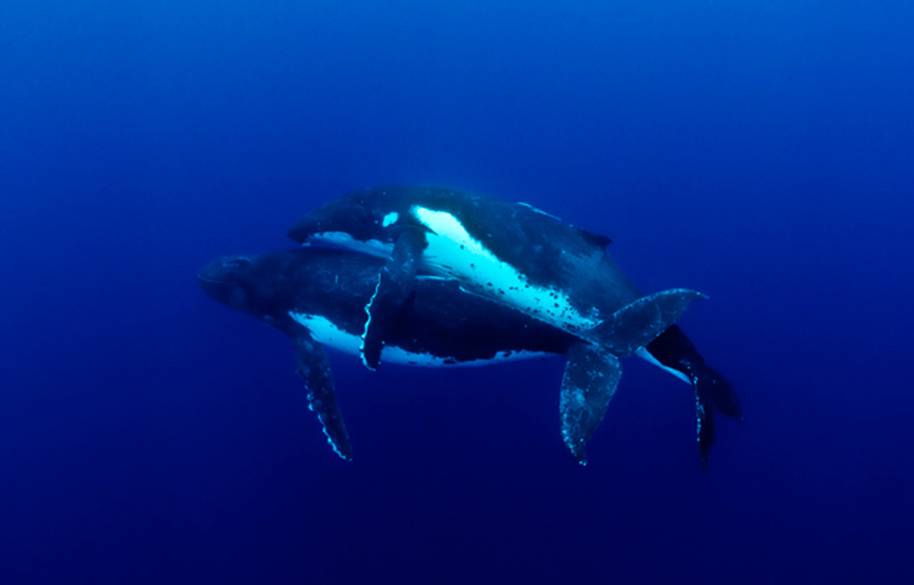
…………….
……..
……….
First Documentation of a Humpback Whale Mating — This is the first time humpback whale (Megaptera novaeangliae) mating has ever been documented. For several hours a pod of male humpbacks competed in a battle of strength and endurance known as a heat run. Jason says he witnessed a bull rub his rostrum (nose) against the cow’s tail flukes in a tender gesture. Finally the successful male mated with the female stroking the cow’s flanks with his pectoral fins and holding her to him during copulation
………….
Primera documentación de un apareamiento de ballena jorobada
…..
……..
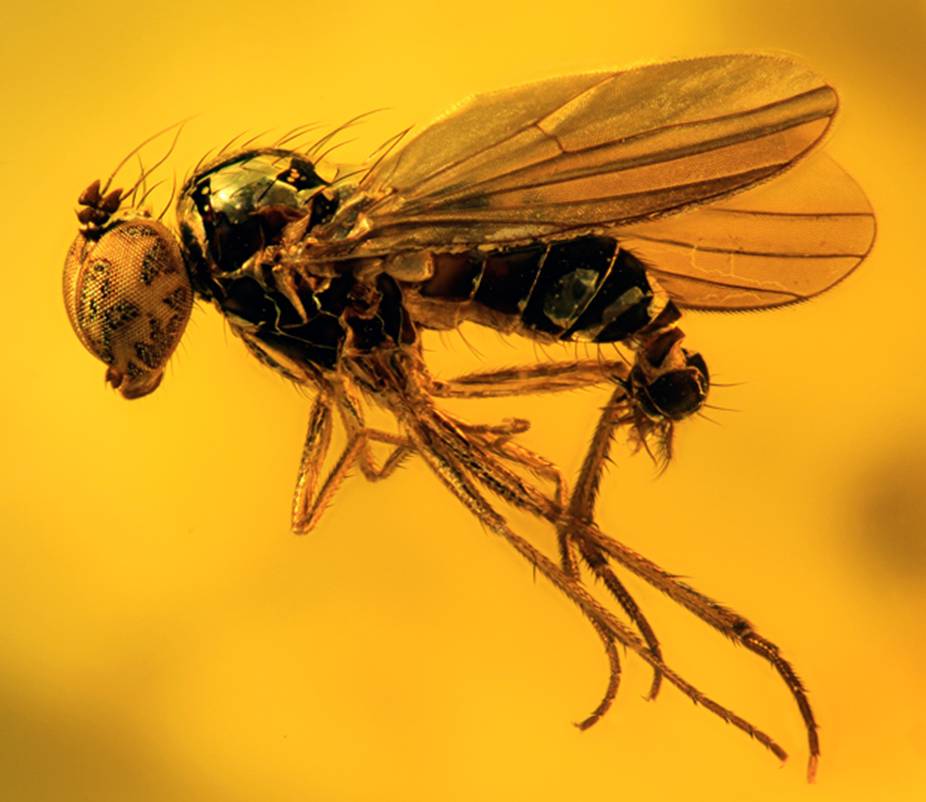
…..
…….
……
Fly in Amber — This dolichopodid fly is preserved in Baltic amber (some 40 million years old), the world’s most famous amber deposit. Amber is fossilised tree resin, and the often exquisite preservation of included specimens is as if they were recently caught. Like most males in the family Dolichopodidae, this one has complex genitalia at the end of its abdomen.
———
Mosca en ámbar – Esta mosca dolichopodid se conserva en el ámbar del Báltico (unos 40 millones de años), el yacimiento de ámbar del mundo más famoso
….
…
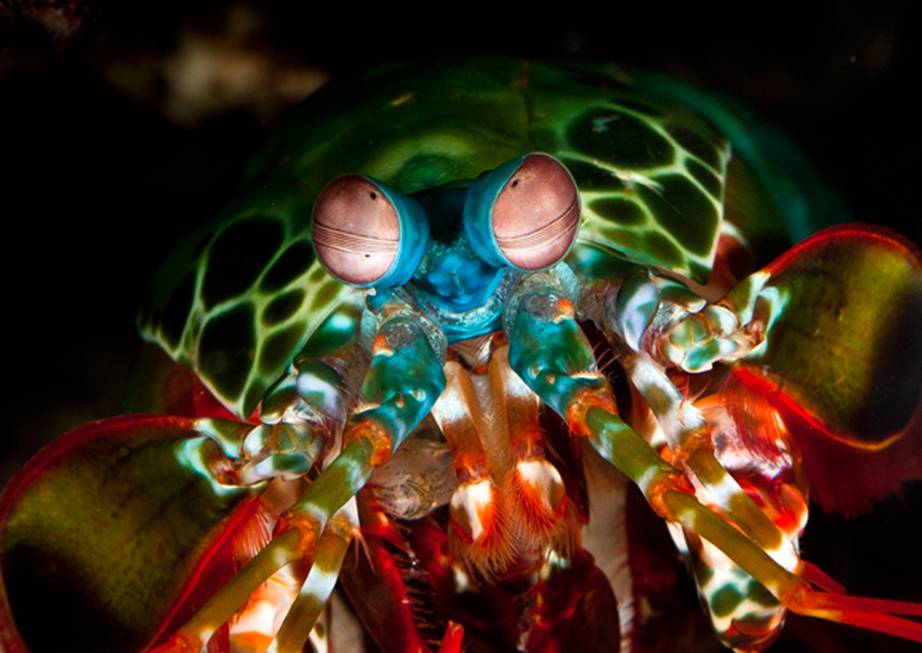
………
Mantis Shrimp — The peacock mantis shrimp (Odontodactylus scyllarus), has one of the most complex vision systems in the marine world.
………
.
……………
Mantis Shrimp – El pavo real camarón mantis ( Odontodactylus Scyllarus ), tiene uno de los sistemas de visión más complejas del mundo marino.
………
……….
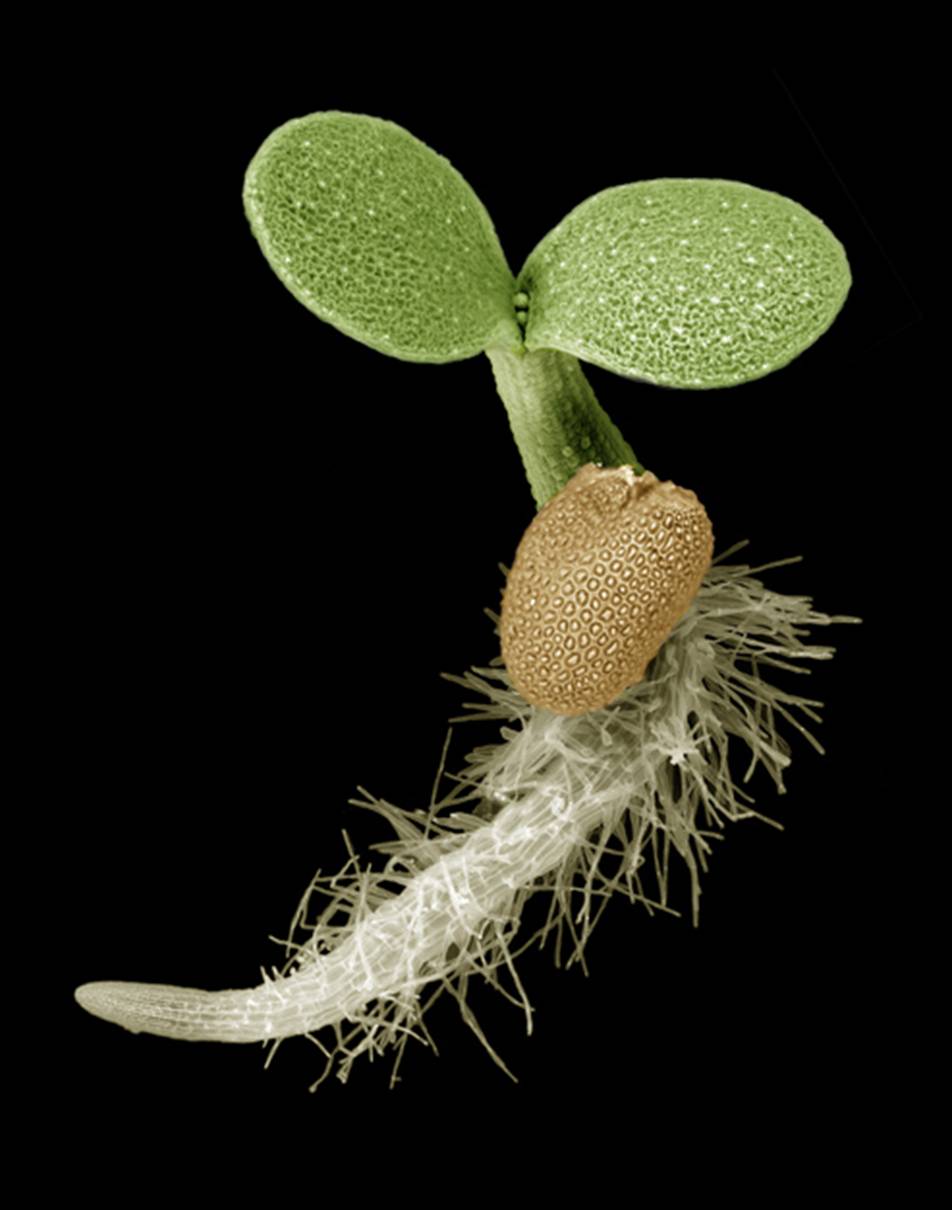
…………..
…..
Another Day in the Life of Arabidopsis — The image shows a small, 6-day-old seedling of Arabidopsis thaliana under a scanning electron microscope and captures the essence of seed germination, the tiny and delicate beginnings of a plant. The image has been artificially coloured to resemble the natural colours of the living seedling and shows the sprouting root (yellow), seed leaves and embryonic stem (green), and remnants of the seed (brown). Arabidopsis seeds are germinated thousands of times a day across the world to study all aspects of plant growth and development, including processes that regulate germination – a hot area of research in plant biology.
………….
Otro día en la vida de Arabidopsis – La imagen muestra una plantula de 6 días de edad, de Arabidopsis thaliana con un microscopio electrónico de barrido y captura la germinación de las semillas
……
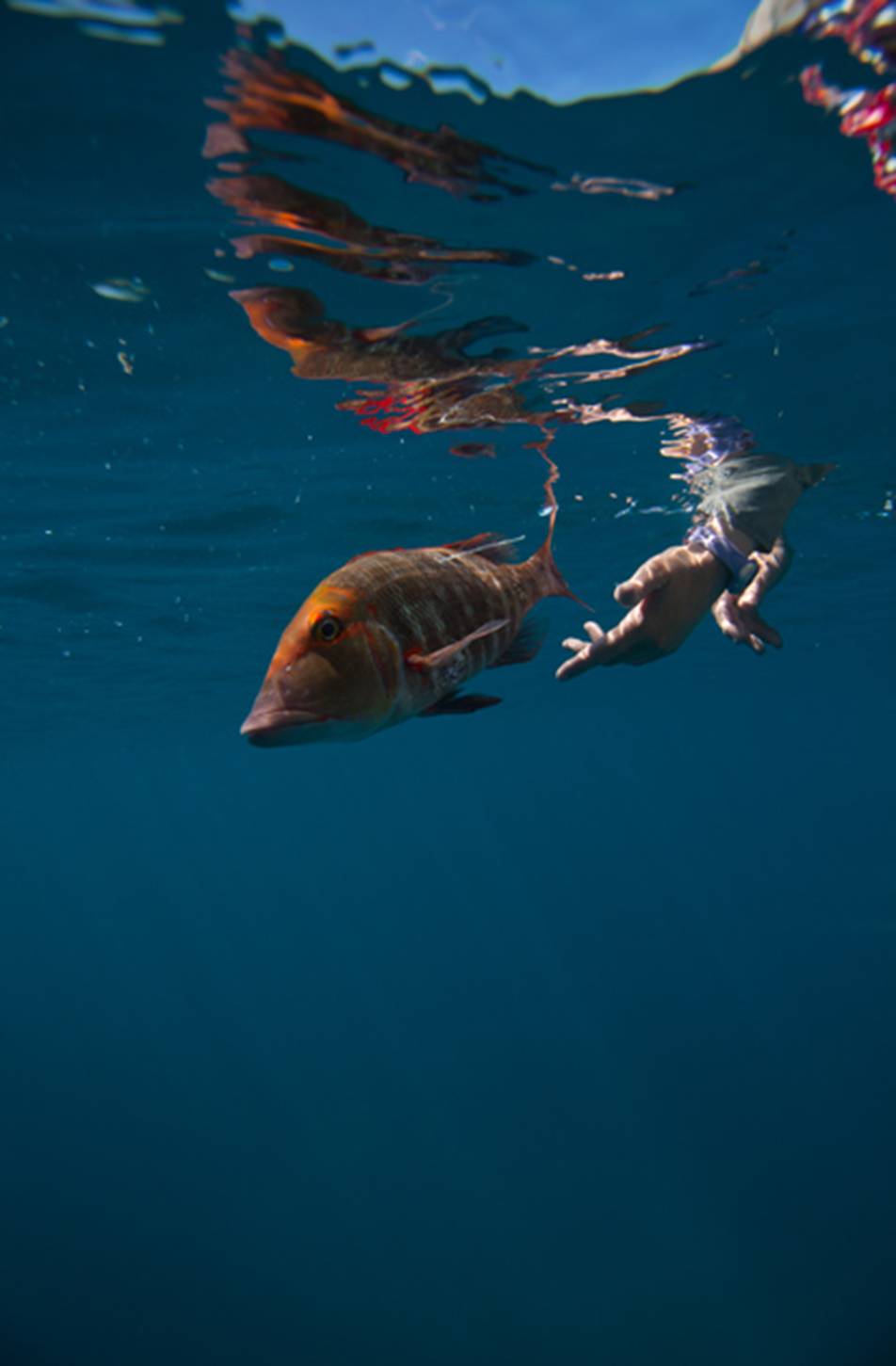
………..
Red-throat Travels — The photograph captures the release of a red-throat emperor (Lethrinus miniatus) after surgery to implant an acoustic tag (the surgery scar and external tag can be seen in the image) at Heron Island within the Great Barrier Reef. The research project aims to describe movement patterns of L. miniatus in the Heron Island region in relation to the efficacy of marine protected areas and environmental changes.
………
Red de garganta Travels – La fotografía captura el lanzamiento de un emperador de garganta roja ( Lethrinus miniatus ) después que la cirugía le implantara una etiqueta acústica (la cicatriz de la cirugía y la variable externa se puede ver en la imagen)
……
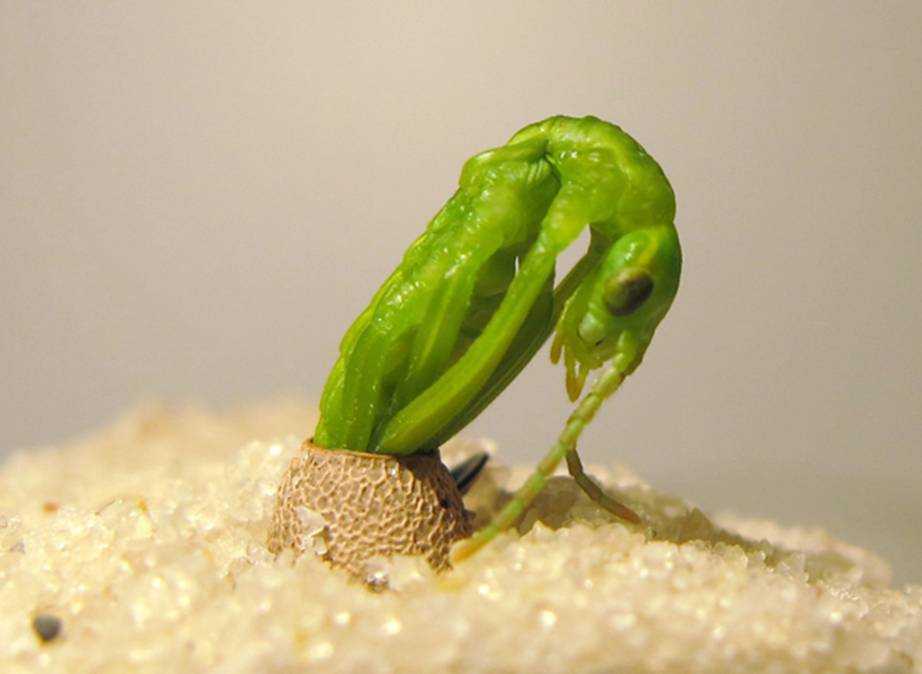
………..
……………
Lord Howe Island Stick Insect Hatching at Melbourne Zoo— This photograph shows a critically endangered Lord Howe Island stick insect (Dryococelus australis) emerging from its egg after 6 months of incubation. This process had never before been photographed, and the photographer, Rohan Cleave, waited patiently for many weeks to capture this image. The Lord Howe Island stick insect is part of the endangered species breeding program at Zoos Victoria.
………………..
– Esta fotografía muestra un grave peligro de extinción Lord Howe Island insecto palo ( Dryococelus australis ) que sale de su huevo después de 6 meses de incubación. Este proceso nunca antes había sido fotografiado